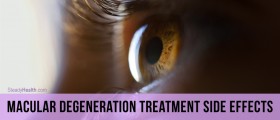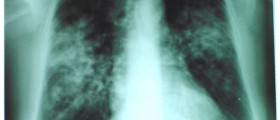
Rosacea is a chronic, inflammatory, skin condition, typically affecting the middle parts of the face and sometimes forehead. Ocular rosacea is only one variant of the disease. Many patients suffering from rosacea may at some point develop ocular rosacea as well. Also, it is possible for an individual to develop ocular rosacea solely, without any other skin manifestation.
Ocular Rosacea Clinical Characteristics
It is estimated that 50% of people suffering from skin rosacea eventually develop ocular form of the disease. Still, ocular rosacea may also precede skin changes on other parts of the face. Finally, all of the symptoms and signs of both conditions may occur at the same time.
Patients suffering from ocular rosacea typically complain about dry eyes, burning or stinging sensation, itchy eyes and blurred vision. One may describe a sensation of having a foreign body in the eye. There are also photophobia, erythema and swelling of the eyelids.
Ocular Rosacea Causes and Risk Factors
Even though experts have not managed to identify the exact cause of rosacea, it seems that a combination of hereditary and environmental factors play significant role in the onset of the disease.
There are many factors that can contribute to worsening of already developed symptoms and signs of the disease. These include hot foods and beverages, products containing caffeine, spicy food, alcohol, extremely hot or cold weather, exposure to sunlight, stressful situations and strenuous exercising.
Practically, all people suffering from rosacea may eventually end up with ocular form of the disease. Rosacea in general occurs more in people with fair or light skin, those between 30 and 60 years of age, people prone to flushing and blushing and those with family history of rosacea.
Ocular Rosacea Potential Complications
If ocular rosacea is not treated adequately it may cause dry eyes, damage to the cornea, inflammation of the eyelids and in rare cases vision loss.
Ocular Rosacea Treatment Options
Rosacea is incurable. Still, patients are prescribed certain drugs which may bring some symptoms and signs of the disease under control. For instance, they are administered antibiotics like tetracycline, erythromycin or minocycline in case of severe form of the disease.
Reduction of inflammation may be achieved with a short course of corticosteroid although doctors rarely opt for these drugs because of many side effects.
Since most patients with ocular rosacea have insufficient tear production, they may benefit from artificial tears. Finally, excessive dryness may require application of lubricating ointments at night.

















Your thoughts on this
Loading...